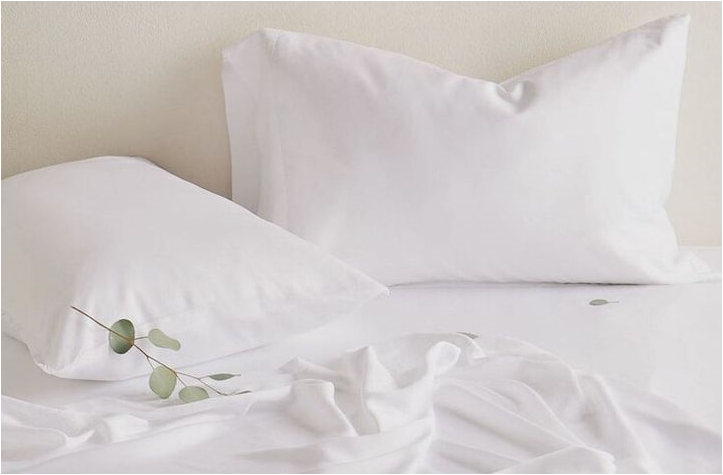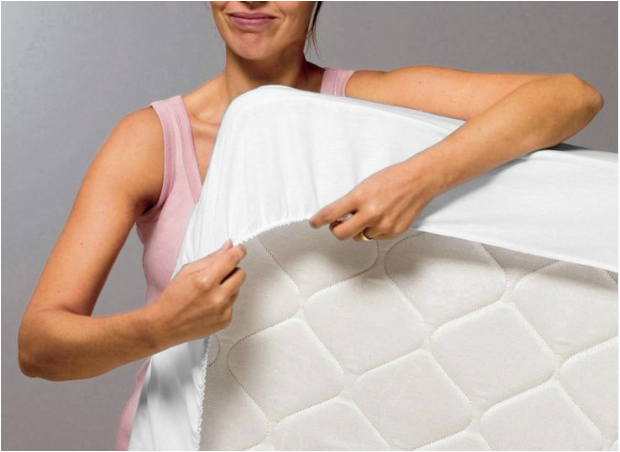
The Technological Evolution of Modern Pillows: From Feather to Smart Foam
The history of the pillow reflects our growing understanding of the importance of sleep for health. From simple feather bags to today's cutting-edge technologies, the evolution of pillows is a testament to our constant quest for optimal rest.
From traditional materials to modern innovations
Traditional feather or cotton pillows have long dominated the market. While initially comfortable, these materials had limitations: rapid sagging, dust mite accumulation, and lack of cervical support. The arrival of the ergonomic synthetic foam pillow marked a turning point, offering more consistent support and improved hygiene.
The Memory Foam Revolution
Originally developed by NASA, memory foam has revolutionized the world of bedding. This technology allows the cervical pillow to precisely adapt to the contours of each sleeper, providing personalized support impossible with traditional materials. The ZenPur perfectly illustrates this evolution with its high-density foam that conforms to the shape while maintaining optimal support.
Innovations in thermal regulation
The latest generation of pillows incorporates advanced thermoregulation solutions. Bamboo viscose covers, like the ZenPur (30% bamboo, 70% polyester), create an ideal microclimate by wicking away excess heat and moisture. This technology solves a major problem with traditional foams, which tended to retain heat.
Towards even smarter pillows
The future promises even more advanced innovations: integrated sleep sensors, automatic firmness adjustment, and self-cleaning materials. However, current technologies like OEKO-TEX certification and long-term guarantees already offer a remarkable level of performance and safety. The important thing is to choose proven technology that meets your specific sleep needs.


















